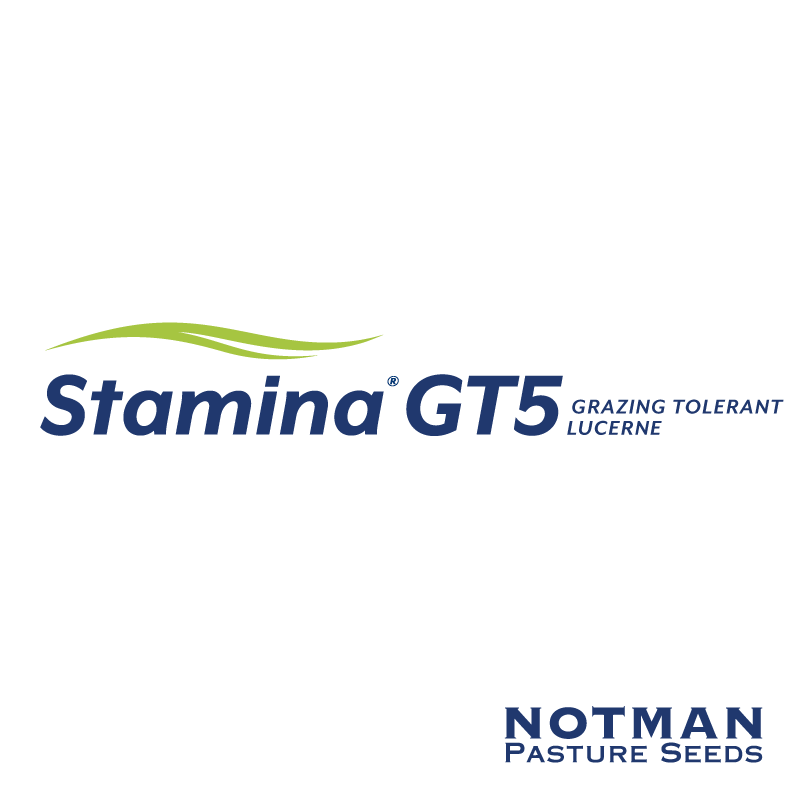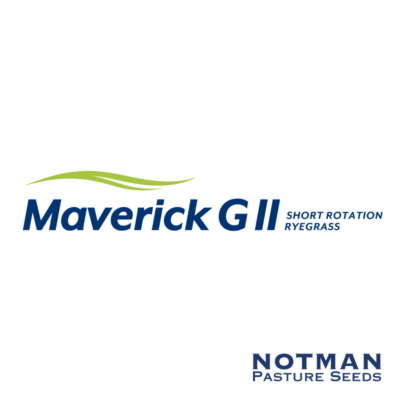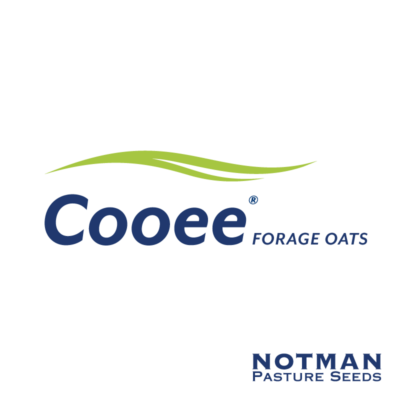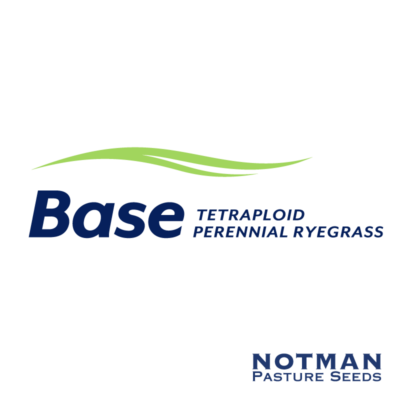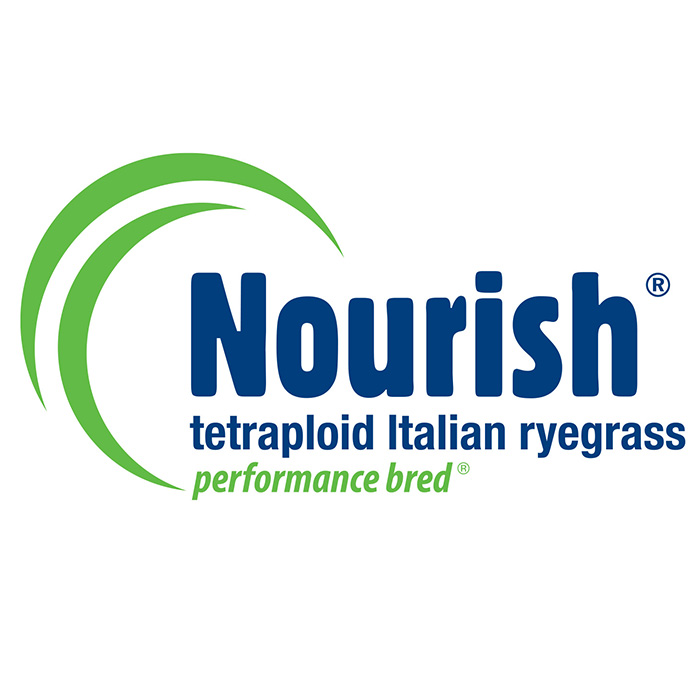Description
Stamina GT5 – The ultimate choice for grazing tolerant lucerne
Stamina® GT5 lucerne is an outstanding semi dormant lucerne that offers flexibility and excellent quality. Stamina GT5 has stood out during extreme testing as the outstanding lucerne for grazing tolerance which gives confidence that Stamina GT5 will handle many management regimes and come out sound and continue to be a productive stand of lucerne.
- Ultra persistent under grazing
- A semi-dormant grazing tolerant lucerne
- Tolerates prolonged periods of set-stocking
- Produces excellent quality hay
- Has good overall resistance to most lucerne diseases
[table width =”100%” style =”table-striped” responsive =”true”]
[table_head]
[th_column]Stock Class[/th_column]
[row_column]Dairy, Beef & Sheep[/row_column]
[table_body]
[table_row]
[th_column]Sowing Rates[/th_column]
[row_column]5-25 kg/ha[/row_column]
[table_body]
[table_row]
[th_column]When will feed be available[/th_column]
[row_column]Spring, Summer and Autumn[/row_column]
[table_body]
[table_row]
[th_column]How can it be used[/th_column]
[row_column]Grazing, Silage, Hay[/row_column]
[table_body]
[table_row]
[th_column]Rainfall/Irrigation (p.a)[/th_column]
[row_column]Minimum 350mm rainfall per annum unless irrigated[/row_column]
[table_body]
[table_row]
[th_column]Treatment recommended[/th_column]
[row_column]Superstrike[/row_column]
[/table_row]
[/table_body]
[/table]
Grazing Management
While Stamina GT5 has gone through a tough protocol for testing for grazing tolerance, it is not recommended that it is treated in this way in a commercial situation. However, the testing does give the farmer confidence that Stamina GT5 will survive better than most other lucernes if treated in less than ideal management for lucerne persistence. As lucerne relies on stored energy (carbohydrates) in its root system to produce new foliage following grazing, it is recommended that Stamina GT5 be managed in a rotational grazing system. The recommended rotation period is between 30-35 days rest from grazing during the growing period (rotation lengths may need to be extended during the cooler months due to slower growth). When grazing lucerne, it is ideal to graze the plant down to 5cm in height and then have the stock taken out. This type of management will ensure a strong lucerne stand for many years which will make Stamina GT5 a very sound investment.
Pest and Disease Tolerance
Stamina GT5 is susceptible to a wide range of pests just like any other lucerne variety. Red Legged Earth Mite, Lucerne Flea and some Aphids can have devastating effects on lucerne at any stage of its life if not monitored and controlled. Regular monitoring is very important and if pests are present, speak to your local retail agronomist to find out the best insecticide to use for the pest identified. When sowing lucerne, it is highly recommended to have Stamina GT5 Superstrike® treated which will give some level of protection for the first 6 weeks after sowing.
Sowing Establishment
Stamina GT5 like all other lucerne is small seeded, so therefore it is important to ensure that the sowing is done correctly to ensure the best results for establishment. There are some key fundamentals when sowing lucerne including seedbed preparation, weed control, sowing depth and sowing technique. Following these key steps will help achieve a good establishment of lucerne.
Seedbed preparation – preparing the seed bed takes into consideration the soil type and cultivation of the soil to ensure the soil is fine. This will aid the soil-to-seed contact at the time of sowing as well as supporting good moisture infiltration around the seed either after a rainfall event or irrigation.
Poor weed control is one of the most common issues that can lead to poor establishment. Weed control must start the year prior to sowing the lucerne to ensure adequate time and opportunity to control any weeds that are present in the paddock. This should also reduce the need for post emergent herbicides to be used in the young lucerne crop as this can retard growth.
The sowing depth needs to be managed as lucerne is a small seed and therefore only needs to be sown at no more the 15mm deep. This will enable the lucerne to germinate and the seedling to rise above the soil to begin photosynthesis.
The sowing technique is the method of actually getting the seed into the soil. With so many different options for sowing equipment, it is important to understand the impact this can have when sowing lucerne. Accuracy of sowing rate, equipment condition (shears, knife points or discs) and final compaction (press wheels, harrows or tyre roller) are all important when looking to successfully establish lucerne.







